CHICAGO — It’s not flawless. Nothing ever is. But the 2024 Volvo XC60 T8, with 35 miles of electric range, a clever, Google-powered infotainment system, and a mid-century modern design aesthetic that would make Frank Lloyd Wright proud, comes awfully close.
Volvo buyers want understated luxury, so this compact luxury SUV is not flashy. It’s the IYKYK of car brands — if you know, you know.
If I told you that a car sold in 2024 had seats made from wool, you might think I was messing with you. If I told you that they were some of the softest, most comfortable car seats you can buy this side of a Rolls-Royce, you might think I’d lost my mind.
And yet.
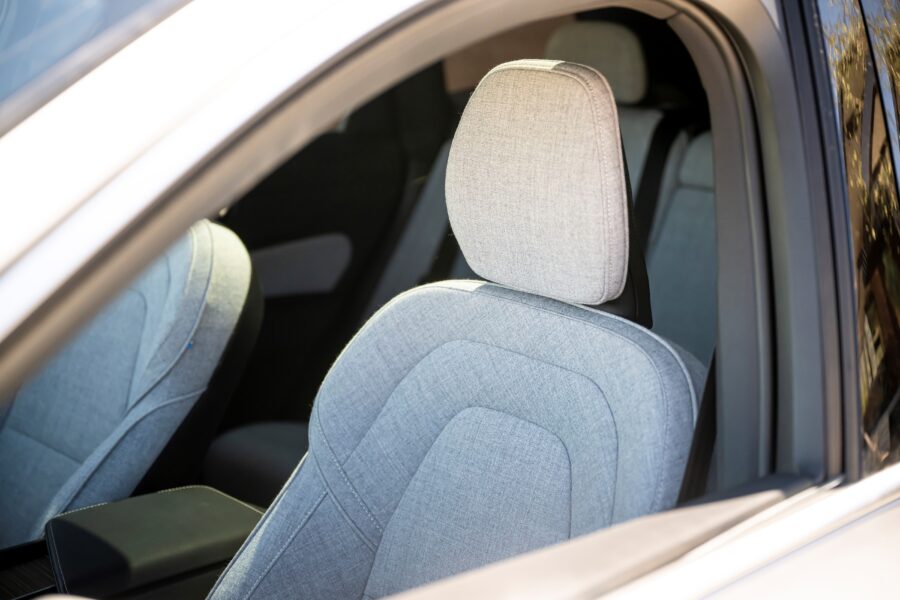
Volvo is, perhaps unsurprisingly, looking to minimize its environmental impact, including removing animal products like leather from its lineup. Instead, we get animal products like wool that are more renewable (or at least friendlier to the critters).
Unlike some firms — I’m looking at you, Apple, which replaced its leather phone cases with awful ones made from cloth — Volvo seems to have created an even better seating material than the leather ones it replaced. The company calls it a “tailored wool blend” on the window sticker, but that doesn’t capture how delightful these seats are.
They’re far cooler in the summer, which is key, and they deliver a surprise and delight moment when people climb in and invariably say, “What are these seats?” Ah, you see, these seats come from sheep. I doubt they’re Swedish sheep, but you never know.
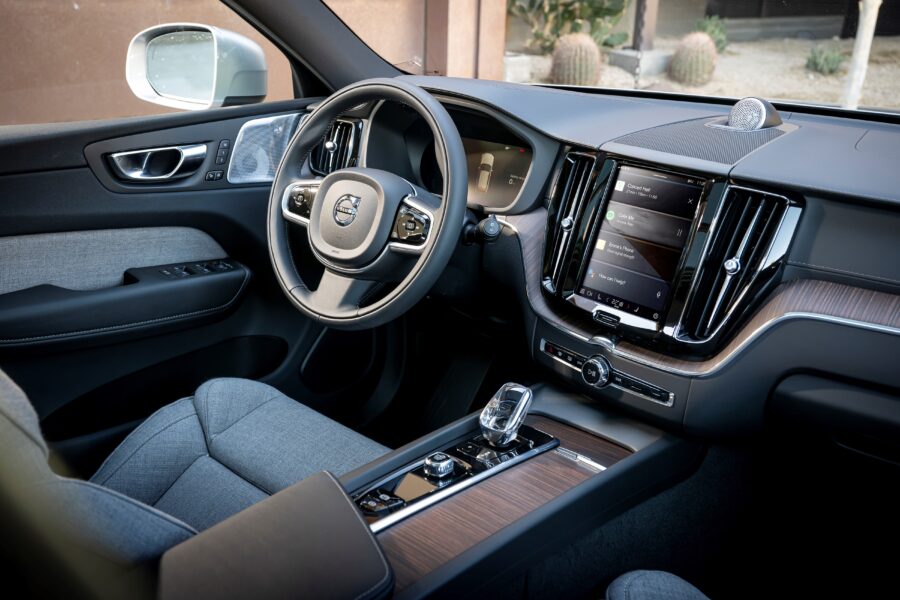
Under the hood, a turbocharged two-liter engine drives the front wheels, and out back is an electric motor for the rear axle. Between the two, you get all-wheel drive and an impressive all-electric range of 35 miles.
Prior versions of Volvo’s plug-in hybrid couldn’t manage 20 miles and turned the engine on if you so much as considered accelerating briskly — but a new 18.8 kWh battery packs higher voltages and, when combined with a beefier electric motor, the XC60 accelerates to highway speeds with aplomb without so much as a sip of gasoline.
It might not be an EV, but you wouldn’t know any different while running errands or even taking a modest commute, and 35 miles is more than enough to cover most everyday driving.
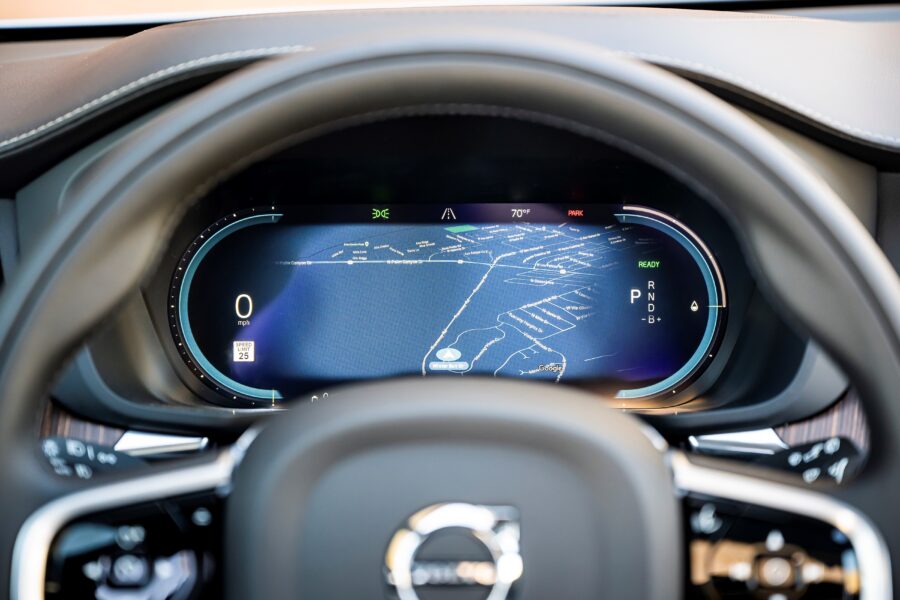
But the real benefits of the electric motor are, much to the chagrin of the writers at The Atlantic, peace and quiet. It’s not until you don’t use your car’s engine that you realize how noisy it is. And this is a Volvo, which is quieter than most cars. If you’re anything like me, seeing how far you can push the XC60 without the engine firing up almost becomes a game.
The second and, perhaps, more immediately practical benefit of the electric motor is the sleeper levels of oomph that the combined system delivers should you put your foot down.
Between motor and engine, you get 455 horsepower and 523 lb-ft of torque, approaching Mustang GT-levels of performance from this unassuming, woolen-lined Swedish SUV. Motor Trend clocks the 0-60 time at less than 4.5 seconds, which will elicit a “whoa” from almost any normal person — and is sure to get you to the front of the school pickup line with ease.
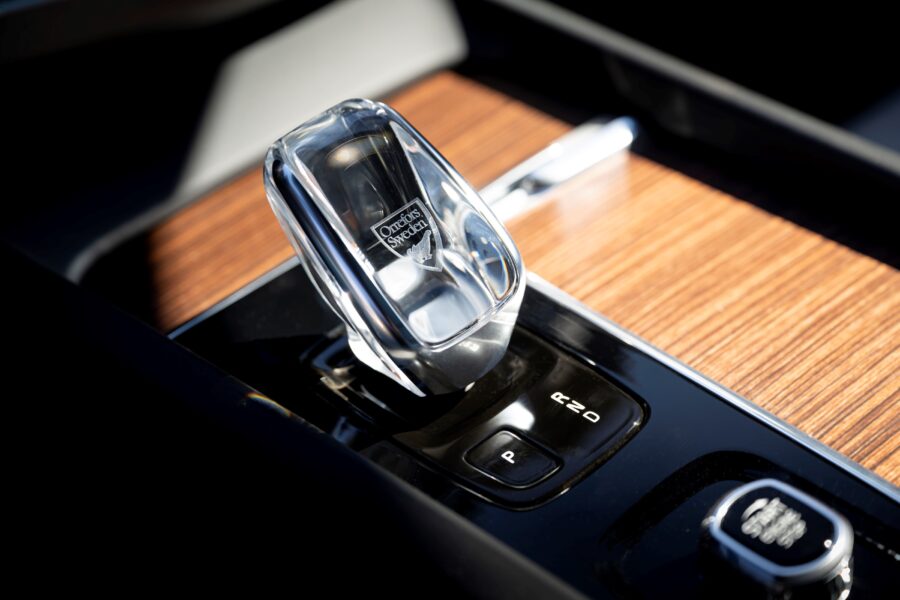
But let’s get back to the luxury for a moment. My test unit, which priced out to $76,270 (base price is $69,045 for the Ultimate trim) after adding a $750 climate package, $1,800 air suspension and $1,475 22-inch wheels, also included Volvo’s sensational $3,200 Bowers & Wilkins sound system, which is the highlight of the car.
Only the upgraded Burmester stereo in top-end Mercedes cars costing twice this can best it, and even then, it’s a matter of personal preference. Put on your favorite tracks and your day improves, no matter how much traffic you find yourself in. Whether you’re into CCR or YeeDM, the B&W system delivers.
And, perversely, the worst part of the car makes the music even better.
The most annoying thing about the XC60 is that it somehow doesn’t have wireless Apple CarPlay. You need to plug in your iPhone, which seems small, except basically every other car on the market (and certainly in this segment) supports wireless connections.
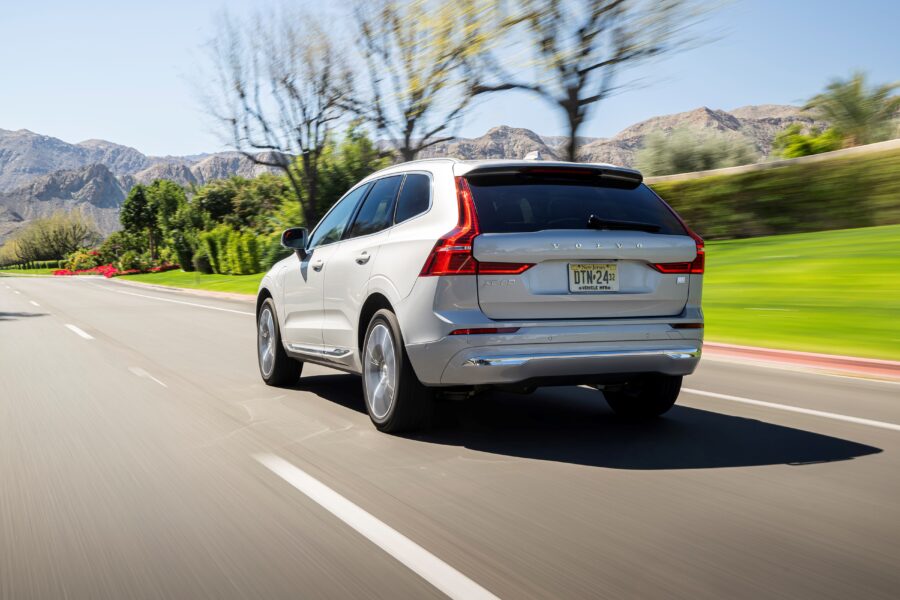
The music-related bonus is that you’ll get higher-quality audio by physically connecting your phone to the car than by using Bluetooth. I use Apple Music, which has a lossless audio option for music — and you can absolutely tell the difference between a physical cable and wireless when connected to a high-quality automotive audio system.
Unlike Mercedes, where you can spend five stacks or more just upgrading your stereo only to use inferior wireless tech to rock out, I like to pretend that Volvo intentionally makes you plug your phone in so you can get the most out of Bowers & Wilkins’ hard work.
OK, I’m lying: It’s incredibly annoying to keep plugging my iPhone in (especially after getting used to wireless CarPlay in basically every other luxury car on the market), but having better tunes is a nice consolation prize.
And if a USB cable is the biggest complaint I can come up with for this car, I think the Swedes have done a pretty good job.
